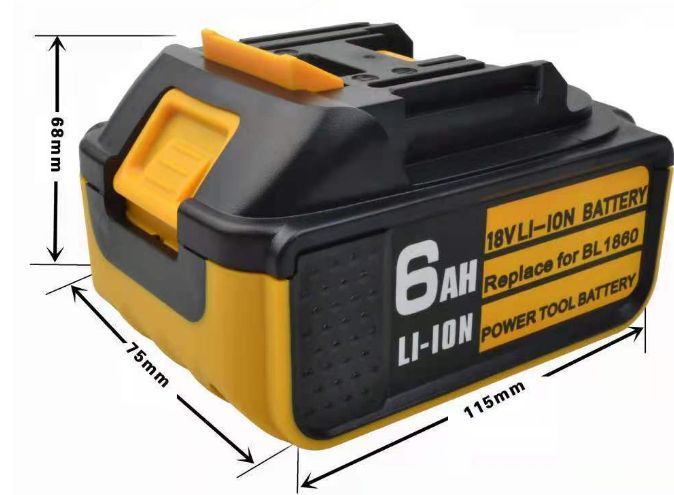What are the discharge rates of lithium batteries?
For friends who don’t make lithium batteries, they don’t know what the discharge rate of lithium batteries is or what the C number of lithium batteries is, let alone what the discharge rates of lithium batteries are. Let’s learn about the discharge rate of lithium batteries with the battery R&D technical engineers of Urun Tool Battery.
Let’s learn about the C number of lithium battery discharge. C represents the symbol of the lithium battery discharge rate. For example, 1C represents the lithium battery’s ability to discharge stably at 1 times the discharge rate, and so on. Others such as 2C, 10C, 40C, etc., represent the maximum current that the lithium battery can discharge stably. discharge times.
The capacity of each battery is a certain amount in a certain period of time, and the discharge rate of the battery refers to the discharge rate of several times that of the conventional discharge in the same period of time compared with the conventional discharge. The energy that can be released under different currents, generally speaking, the cells need to test the discharge performance under different constant current conditions. How to evaluate the battery rate (C number – how much rate)?
When the battery is discharged with a current of N times the 1C capacity of the battery, and the discharge capacity is more than 85% of the battery’s 1C capacity, we consider the battery’s discharge rate to be N rate.
For example: a 2000mAh battery, when it is discharged with a 2000mA battery, the discharge time is 60min, if it is discharged with 60000mA, the discharge time is 1.7min, we think the battery discharge rate is 30 times (30C).
Average voltage (V) = discharge capacity (Wh) ÷ discharge current (A)
Median voltage (V): It can be understood as the voltage value corresponding to 1/2 of the total discharge time.
The median voltage can also be called the discharge plateau. The discharge plateau is related to the discharge rate (current) of the battery. The higher the discharge rate, the lower the discharge plateau voltage, which may be determined by calculating the battery discharge energy (Wh)/discharge capacity (Ah). its discharge platform.
Common 18650 batteries include 3C, 5C, 10C, etc. 3C batteries and 5C batteries belong to power batteries and are often used in high-power equipment such as power tools, electric vehicle battery packs, and chainsaws.
Post time: Aug-16-2022

